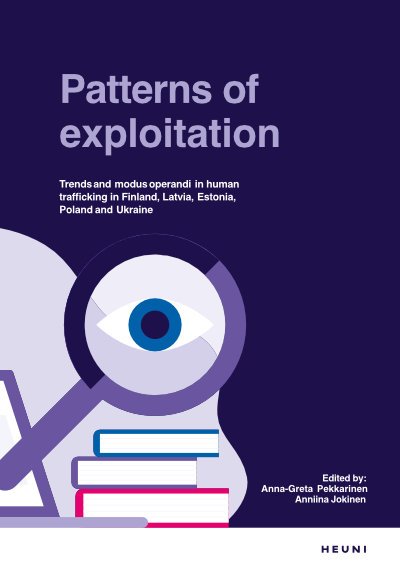By The United States Government Accountability Office; Rebecca Gambler, et al.
In fiscal year 2021, Border Patrol reported about 1.7 million apprehensions of noncitizens between ports of entry—a 300 percent increase over fiscal year 2020. This included approximately 451,000 apprehensions of family unit members. Compounding this increase were continued concerns related to COVID-19 and physical distancing protocols that imposed space limitations on facilities. To address these concerns and reduce time in custody, Border Patrol and ICE initiated two new processes in 2021, referred to as NTR and parole plus ATD. Border Patrol released family units into the U.S. without first issuing them a charging document—generally a Notice to Appear—which places them into immigration court removal proceedings. Instead, Border Patrol instructed them to report to an ICE field office. ICE officials are to further process family unit members who report to field offices, such as issuing them a Notice to Appear. GAO was asked to review Border Patrol’s and ICE’s implementation of the NTR and parole plus ATD processes. This report describes (1) Border Patrol and ICE implementation of the NTR and parole plus ATD processes, and (2) ICE’s efforts to initiate removal proceedings for family unit members processed with NTRs or under parole plus ATD. GAO analyzed Border Patrol and ICE policies, guidance, and data on individuals processed with an NTR or under parole plus ATD and who reported to ICE as required. GAO also interviewed officials in Border Patrol and ICE headquarters and selected field locations.
Washington, DC: GAO, 2022. 58p.





















